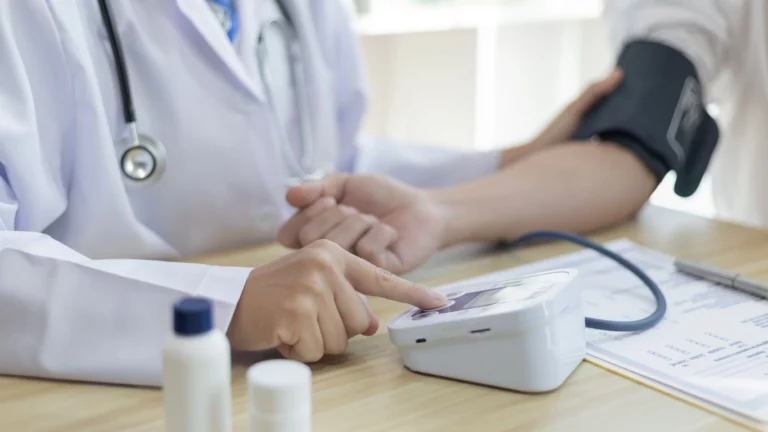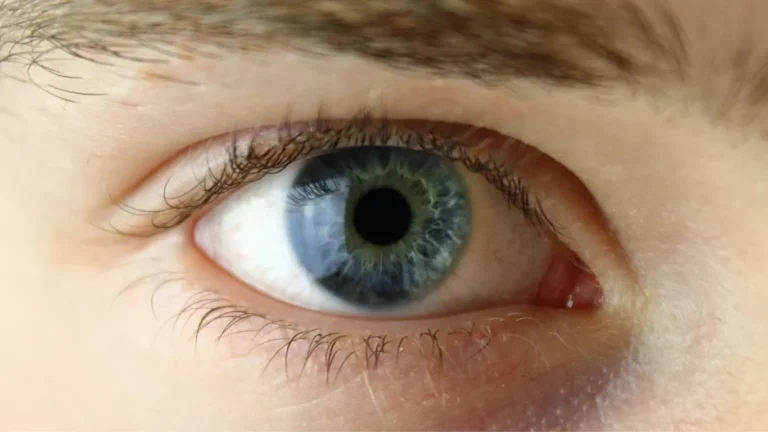🥗 How to Detect Hidden Sodium in Foods: Your Ultimate Guide to a Healthier Diet 🧂
Why Even Care About Hidden Sodium?
Okay, real talk—sodium’s sneaky. You probably think of salt just sitting on your table, but the real troublemakers are those processed foods and sneaky sauces that pack in way more sodium than you’d expect. Like, that “healthy” canned soup you grabbed? Could easily have half your daily limit in just one serving. And too much sodium? Not great—it’s like sending an open invite to high blood pressure and other health problems.

What Is Hidden Sodium Anyway?
It’s sodium that’s not obvious. You’re not gonna taste it most of the time. It’s hiding in things like:
- Cereal (yup, even the “healthy” ones!)
- Bread and tortillas (who knew, right?)
- Sauces like soy sauce, ketchup, or even salad dressings.
- Deli meats or cheese (so much for that innocent sandwich).
You get the vibe. It’s like the “Where’s Waldo?” of the food world, except it’s sodium and not a striped sweater dude.

How Can You Spot Hidden Sodium?
Here’s how you play detective:
1. Check the Nutrition Label
The label’s your cheat sheet. Look at the sodium per serving, not the whole package. If it’s over 400mg per serving, that’s getting salty. And keep an eye out for words like sodium nitrate, monosodium glutamate (MSG), or disodium phosphate. Those are red flags.
2. Beware of the Usual Suspects
Processed foods are like sodium magnets. Things like frozen dinners, canned veggies, and condiments are some of the worst offenders. Oh, and fast food? Forget about it. Even a “plain” salad can sneak in crazy amounts of sodium if you’re not careful.
3. Low-Sodium Swaps = Game Changer
Switch out high-sodium options for no-salt-added versions. For example, trade your regular soy sauce for low-sodium soy sauce, or pick unsalted nuts instead of the salty snack mix. Small swaps add up.
4. Cook at Home
When you cook at home, you’re the boss. You can control how much salt goes in. Instead of salt, try jazzing things up with garlic, lemon, or herbs. (My personal fave? Smoked paprika. Game. Changer.)

Troubleshooting: The “But It’s Too Hard” Moments
Here’s where most people hit speed bumps:
- “Low-sodium food is boring.”
Trust me, I get it. But bland doesn’t have to mean boring. Add a splash of lemon juice or a sprinkle of chili flakes to wake things up. Play around with spices—cumin, turmeric, or rosemary can add flavor without needing salt. - “I can’t read every label at the store.”
Start small. Pick one or two things—like your go-to bread or soup—and check those. Apps like MyFitnessPal can help too; just scan the barcode, and boom, instant info. - “I miss my favorite salty snacks.”
Instead of cutting them out entirely, look for low-sodium versions or make your own. Love chips? Try baking thinly sliced sweet potatoes or zucchini with a pinch of herbs.
Real-Life Wins: People Who Nailed It
Let’s talk success stories because they’re way more inspiring than just stats.
- Jane, the Soup Lover:
She was a big fan of canned soups but realized she was eating over 1,000mg of sodium in one bowl! She switched to making her own soup at home with no-salt-added broth. Three months later, her blood pressure was back to normal. Boom. - Mike, the Restaurant Regular:
Mike thought his grilled chicken salad was a healthy choice, but the dressing and croutons packed in more sodium than a burger! He started asking for dressing on the side and ditched the croutons. Problem solved, and his health improved too.

Takeaways You Can Actually Use
Here’s the TL;DR:
- Labels are your best friend—don’t skip them.
- Small swaps matter—low-sodium options make a big difference.
- Home cooking = control—it’s easier than you think to keep sodium in check.
- Stay consistent—don’t stress over perfection; even small changes help.
FAQs, Because Everyone Has Questions
- How much sodium is too much?
Stick to less than 2,300mg a day (1,500mg is the gold standard if you’re aiming for super healthy). - Does water flush out sodium?
Drinking water helps balance things, but it’s not a fix-all. The real key is cutting back on sodium in your diet. - Is sea salt or pink salt better?
Not really. They’re still high in sodium, just like regular table salt. Don’t be fooled by the fancy names!
Final Thoughts
Okay, that’s a lot, I know. But here’s the deal—hidden sodium doesn’t have to be this big, scary thing. Just start small. Maybe swap your regular soy sauce for low-sodium, or check one or two labels when you shop. Little changes add up over time, and your body will totally thank you.
Oh, and if you try any of these tips, let me know how it goes! Got questions? I’m here for it. 🙌

Dr. Gwenna Aazee is a board-certified Internal Medicine Physician with a special focus on hypertension management, chronic disease prevention, and patient education. With years of experience in both clinical practice and medical writing, she’s passionate about turning evidence-based medicine into accessible, actionable advice. Through her work at Healthusias.com, Dr. Aazee empowers readers to take charge of their health with confidence and clarity. Off the clock, she enjoys deep dives into nutrition research, long walks with her rescue pup, and simplifying medical jargon one article at a time.






